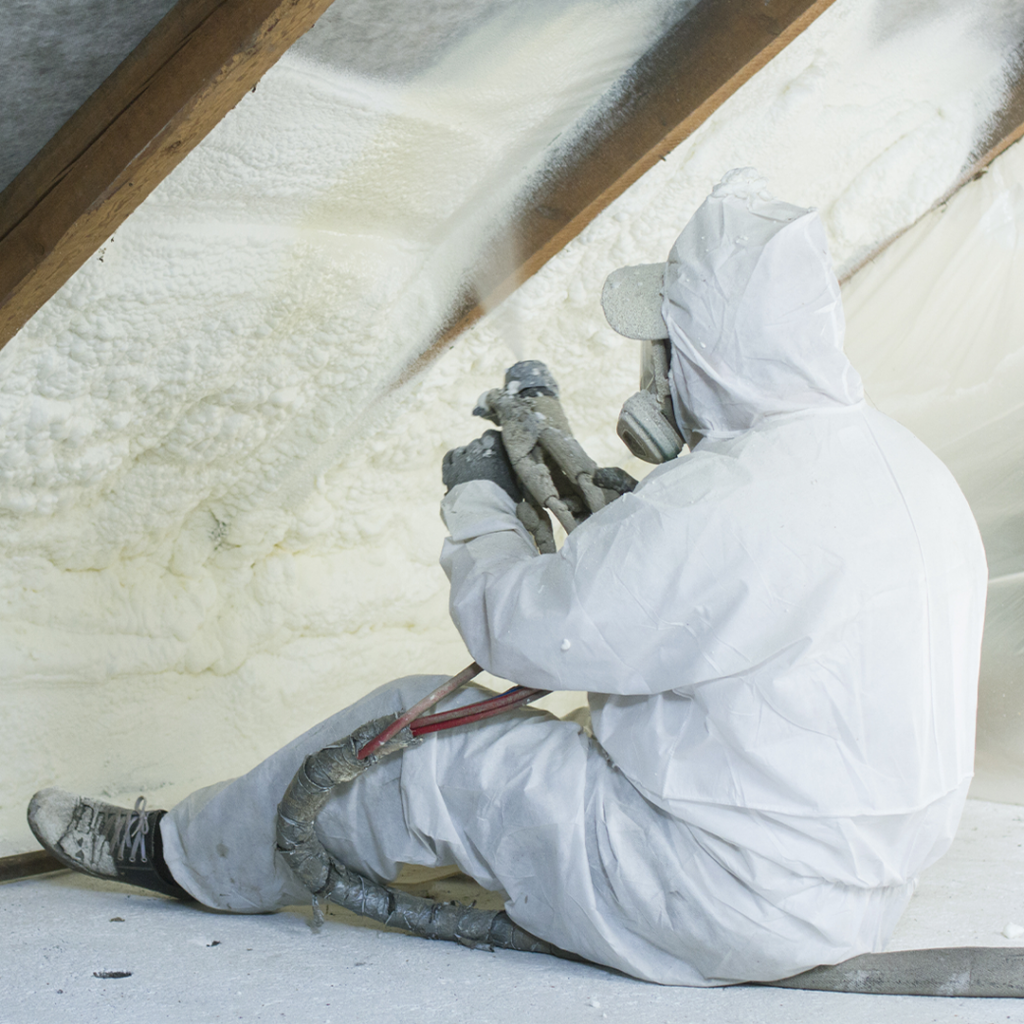Spray foam insulation is a form of liquid insulation that expands when sprayed to over 30 times its size, then turns solid to create a layer of insulation that is twice as effective as fibreglass or cellulose.

Your data is safe and secure
Find out in 30 seconds
Spray foam’s proper name is spray polyurethane foam. It can be installed everywhere in your home that other types of insulation, including your attic, loft, roof, floors, and walls.
There are two types of spray foam: Icynene open cell spray foam, and Icynene closed cell spray foam.
Open Cell Spray foam is usually cheaper, softer, and more flexible but is not as effective at insulating your home as it Closed Cell. It does act as great sound insulation as well though since it stops air in its tracks.
Closed Cell Spray is better at protecting your home than open cell as it contains gases rather than air that make it harder for heat to pass through – keeping your home cool in summer and warmer in the winter.
There are great reasons to choose spray foam to insulate your home. Spray foam insulates parts of your home that are not only responsible for heat loss, but also the parts of your home that are hard to reach. All the corners, nooks and crannies that you couldn’t get to with other kinds of insulation, you can reach them all with spray foam.
Since spray foam creates seals that are airtight you will find that it is able to help prevent draughts in your home, as well as keeping out pollen and other allergens from entering – helping to improve the air quality inside your home.
The best reason though is the amount of money it can cut from your energy bills. If you install spray foam in your home you could save over £350 on your energy bills according to the Energy Saving Trust, but this will depend on the size of your home, and your energy needs. Combined with the fact that 100 square meters of spray foam can save over a tonne ofCO2 throughout the year and you are not only saving yourself money, you’re helping to go green too!

© Honest Quotes 2025